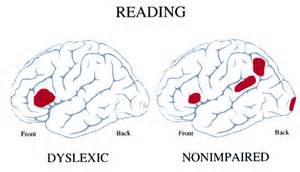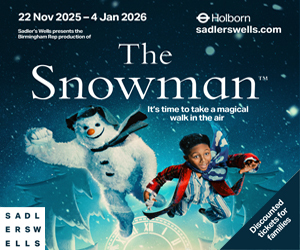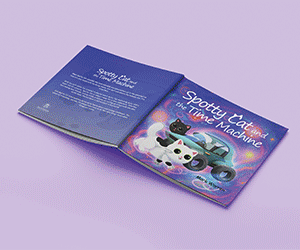Primary Times - the definitive what’s on and where to go family guide of activities and events for children of primary school age. Things to do with your kids during the school holidays including arts and craft activities, music and theatre for children, parties, competitions, days out, and family attractions along with term time drama schools, dance classes, after school clubs and sports activities. Things to do at a place near you!
DYSLEXIA AWARENESS MONTH OCTOBER 2020
DYSLEXIA AWARENESS MONTH OCTOBER 2020
What is Dyslexia?
Dyslexia is a term many of us have heard and we associate it with people who struggle with reading and writing or confuse b and d but few people know much about this neurological condition which affects 10-15% of the UK population.
Dyslexia, sometimes termed word blindness, has been documented for over 100 years. The first recorded case of dyslexia appeared in the British medical journal in 1896. W. Pringle Morgan, described the case of 14-year-old, Percy F, who could not read and wrote his name as Precy, but he could multiply 749 by 887 quickly and correctly.

There have been many famous dyslexics such as Richard Branson, Albert Einstein, Walt Disney and Agatha Christie to name a few.
Dyslexics tend to be very creative and often Entrepreneurial.
In a modern world, where reading, writing and maths are given high status and employment opportunities depend on mastery of these skills parents can become worried when their child is not achieving in line with their peer group.
What should parents look out for?
- Delayed speech
- Difficulties in converting speech sounds (phonemes) into written text (graphemes), resulting in their reading and writing being below that expected for their IQ.
- Confusion over the letters b and d after the age of 8
- Difficulty in recalling times tables or sequences such as days of the week and months of the year.
- Poor organisational skills
- difficulty copying text which is increased when copying from a board
- Slow reading speed
- Poor sight words
- Adding in/missing out letters when reading or spelling
- Guessing words
- Reversal of words when reading or spelling (on/no, was/saw)
- Difficulty mastering new skills
- Difficulty transferring thoughts to paper
This is not an exhaustive list but good signs to watch out for.
Research into Dyslexia
There has been much research into the causes of dyslexia and this is still ongoing. It is believed that dyslexia is caused by an hereditary gene (although this is not always the case). A dyslexic’s brain works differently to a non-dyslexics and there is less activity in the language areas of the brain during reading and writing.
If you are concerned about your child what can you do?
1) Talk to your child’s class teacher, Special Educational Needs Teacher (SENDCO)
2) Request a dyslexia screening test, especially if there is a family history of these difficulties
3) Follow a systematic multi-sensory programme such as Alpha to Omega or Toe by toe
4) Find a qualified specialist to assist
Teaching Methods
A dyslexic student will need a multi-sensory approach to learning reading and spelling. This will need to be very structured in filling in the phonic gaps.
REPORT THIS AD
Multi-sensory
Seeing, hearing, saying, writing, feeling/ making. The student will need to engage as many senses as possible in order to stimulate the language areas of the brain.
Handwriting
It is beneficial for the dyslexic to join their handwriting as this helps them to remember the word shape.
Using the sense of touch
The use of sandpaper letters with a blindfold (removing the sense of sight heightens the sense of touch), play dough, sand, drawing in the air/ on the child’s back will increase the number of senses a child uses, stimulating the language areas of the brain.
Magnetic letters for creating words
Mind mapping by Tony Buzan
Recap and Review work frequently
Subtitles on the TV, audio books

- by Clare Powell who is the Centre Director at Kip McGrath Scunthorpe and also Cellfield Reading Matters South Yorkshire. Clare holds a Bachelor of Education degree and is an experienced School teacher who has worked with students at Primary, Secondary, GCSE, A level and Degree level and has seen these students make considerable progress.


.jpg)



